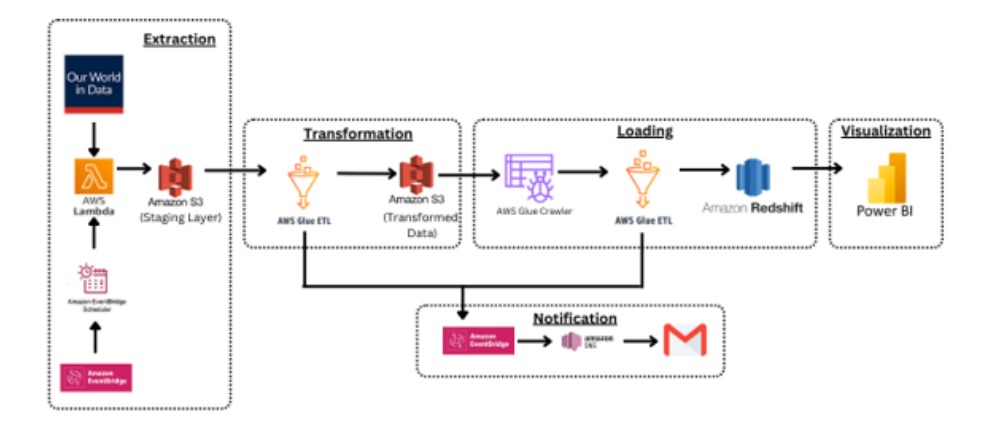COVID-19: ETL Pipeline and Visualization
July 28, 2023
YOU MAY ALSO LIKE
Related Posts
-
September 16, 2024 The Impact of Data Analytics on Elevating Customer Experience
-
August 12, 2024 Healthcare Business Intelligence Solutions




